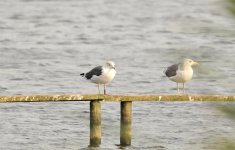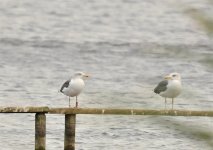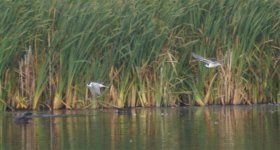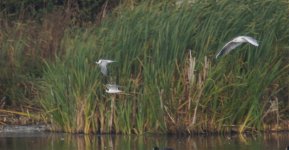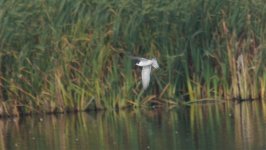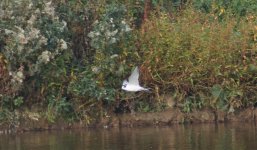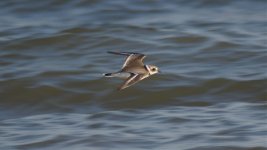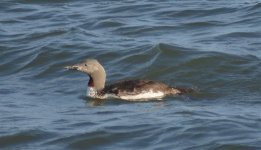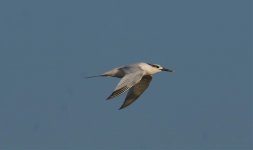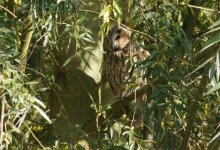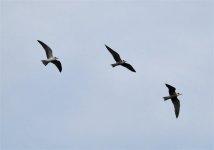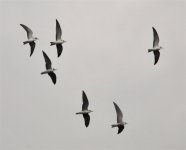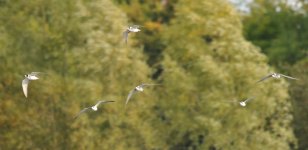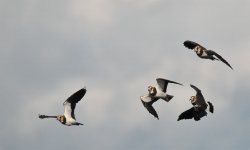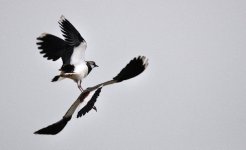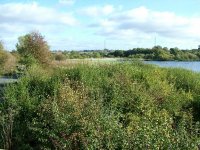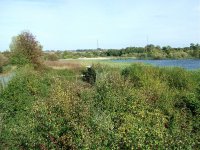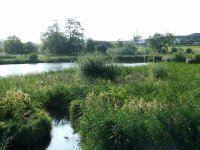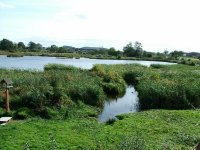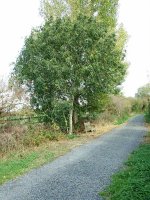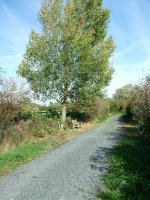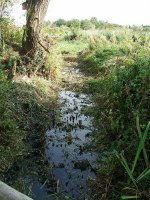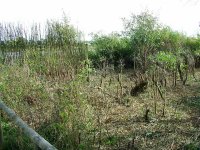Another well attended session, well done all 12 of us.
Achieved a hell of a lot today.
1. The view from the west hide (feeding station) has been limited on both the north and south sides. Last month we pollarded the willow close to the hide (south). Today Ray C and Dave H manned the boat and coppiced the willows in the sluice basin and SW marsh. This not only improved the views to the south but also stops the marsh plants being impoverished.
2. The north view was impeded by the excellent scrubby area between the two west hides. However this area has not been managed for a few years and was past its peak with many bushes becoming 'leggy'. In order to improve the flora and fauna in this area, we coppiced/pollarded many of the thorn bushes today. They were predominantly blackthorns whose berries are unpalatable to many birds. The hawthorns will be cut once the birds have eaten the berries. The spindle bush was left untouched (as this species doesn't benefit as much from hard cutting). The bushes will be cut to varying heights to give a structural diversity. This technique is on a rotational basis of 3 to 5 years, it might appear drastic, but be assured it is a tried and tested traditional method of coppicing.
Pics 1 and 2 view north after and before , sorry about that arse about face
3 and 4 view south before and after work today.




